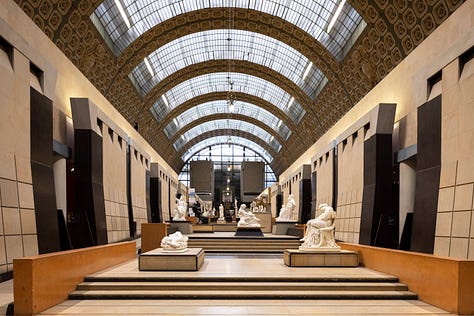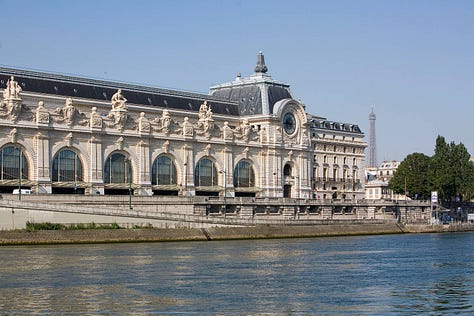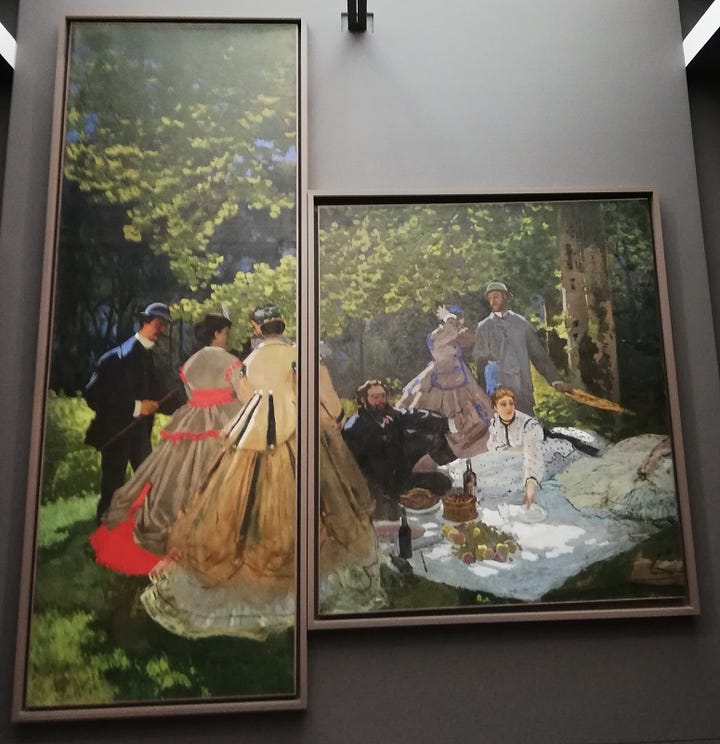If you’re an art lover, the Musée d'Orsay in Paris is a must-see. It can’t compare with the Louvre, but it makes the top of its own extraordinary art category.
And it isn’t your average art museum – it’s a stunning showcase of Impressionist and Post-Impressionist masterpieces housed in a former railway station.
With its grand architecture and world-renowned collection, the Musée d'Orsay offers visitors a unique opportunity to dive into one of the most transformative periods in art history.



Impressive museum building
Before you even step inside, the museum impresses with its architecture. The building was originally the Gare d'Orsay, a railway station built in 1900 for the Exposition Universelle. Its massive glass and iron structure reflects the industrial (yet elegant) style of the era.
In 1986, the station was transformed into the museum we know today, combining its industrial past with artistic grandeur. The grand clock, still intact, overlooks the Seine and provides one of the most iconic views in Paris.
Inside the museum
The heart of this museum is its vast collection of Impressionist and Post-Impressionist art – the largest in the world. The layout is spread across three main levels, and it is extremely easy to wander at your own pace, perhaps following the audio guide. Here’s what I find special:
The Impressionist Gallery
This is the jewel that attracted almost 4 million visitors in 2024. It is easy to let yourself be immersed in the soft brushstrokes and plein-air painting while enjoying works by Monet, Manet, Renoir, Degas, and Pissarro.








